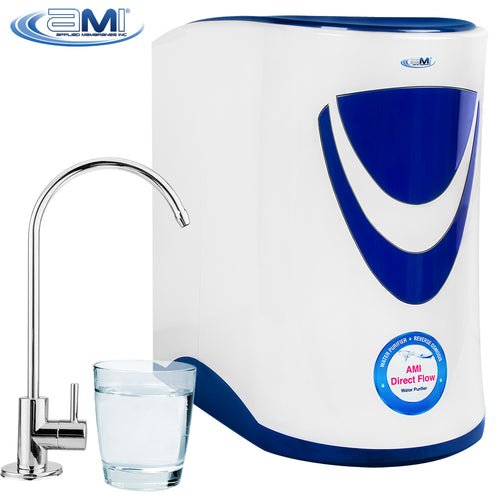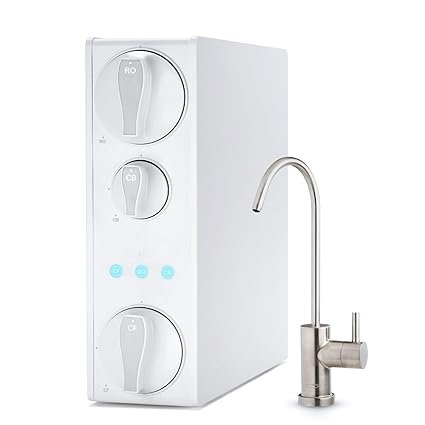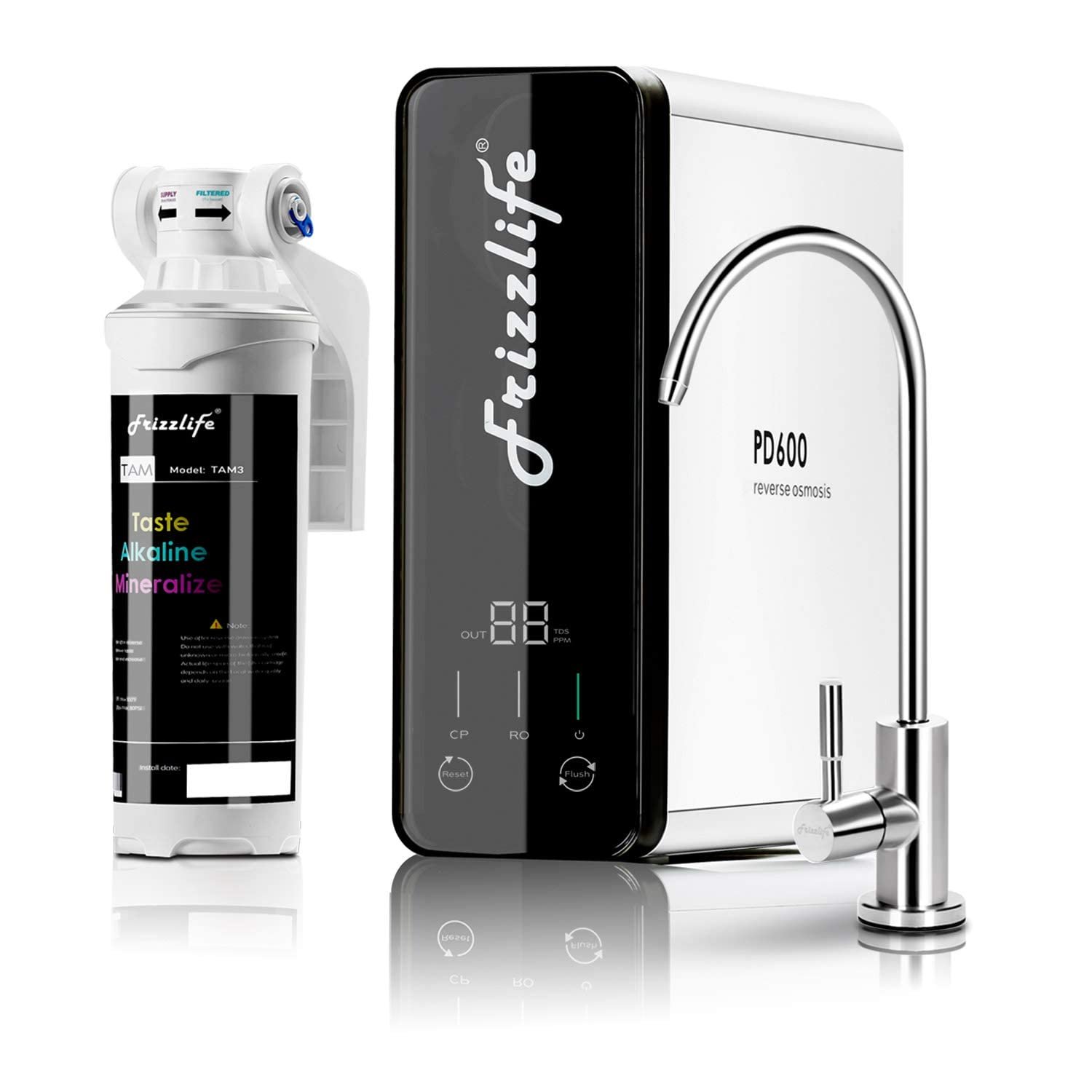Physical Address
304 North Cardinal St.
Dorchester Center, MA 02124
Physical Address
304 North Cardinal St.
Dorchester Center, MA 02124
Advanced tankless RO filtration systems
deliver high-quality water without bulky storage tanks.
Upgrade your home’s water quality with top-tier reverse osmosis systems that combine efficiency, space-saving designs, and advanced filtration.
Quick Overview:
| Product Name | Key Features | Price | Rating |
|---|---|---|---|
| Express Water 600 GPD | • 5-stage filtration • 2-second filter changes • 600 GPD output |
$349.99 | 4.6/5 |
| AMI Direct Flow | • 4-stage filtration • 25 GPH flow rate • Automatic feed pump |
$499.99 | Not available |
| iSpring RO500-BN | • NSF 58 certified • 500 GPD output • Self-cleaning membrane |
$539.99 | 4.6/5 |
| Waterdrop G2 | • 7-stage filtration • 1:1 drain ratio • Twist-and-pull filters |
$299.99 | 4.5/5 |
| Frizzlife PD600-TAM3 | • Alkaline mineral filter • 1.5:1 drain ratio • Smart TDS display |
$375.99 | 4.6/5 |

Features Overview:
What’s Good & What’s Not:
Price & Value Assessment: Priced competitively at $349.99, it offers reliable filtration for mid-sized households with minimal maintenance effort.
What Customers Are Saying: Users praise its straightforward installation and immediate improvement in water taste, though a few note the need for careful plumbing checks to prevent leaks.
Why Should You Buy It? Ideal for those prioritizing hassle-free maintenance and space efficiency. Its rapid flow rate and sustainable design make it a practical choice for eco-conscious households seeking reliable water quality without complex upkeep.

Features Overview:
What’s Good & What’s Not:
Price & Value Assessment: At $499.99, it’s suited for larger homes or areas with poor water pressure, though the lack of reviews may give buyers pause.
What Customers Are Saying: No verified feedback available yet, as this is a newer product on the market.
Why Should You Buy It? Best for households requiring heavy-duty filtration and consistent flow rates, particularly in regions with challenging water conditions. The built-in pump ensures optimal performance even with low incoming water pressure.

Features Overview:
What’s Good & What’s Not:
Price & Value Assessment: At $539.99, it’s a premium choice for those prioritizing verified performance and durability.
What Customers Are Saying: Owners highlight its quiet operation and consistent water quality, with many noting improved coffee and cooking flavors.
Why Should You Buy It? Perfect for families needing NSF-certified safety and commercial-grade output. Its self-maintenance features reduce long-term costs, making it a worthwhile investment for health-focused buyers.

Features Overview:
What’s Good & What’s Not:
Price & Value Assessment: Priced at $299.99, it’s a budget-friendly option for eco-conscious buyers wanting thorough filtration.
What Customers Are Saying: Users appreciate its minimal space requirements and easy DIY installation, though some wish for faster flow during peak use.
Why Should You Buy It? Ideal for small households or apartments where space and sustainability are priorities. The seven filtration stages provide comprehensive contaminant removal, while the low drain ratio appeals to environmentally aware consumers.

Features Overview:
What’s Good & What’s Not:
Price & Value Assessment: At $375.99, it balances advanced features with mid-range pricing, ideal for health-focused buyers.
What Customers Are Saying: Reviews highlight the crisp, mineral-enhanced taste and the convenience of the TDS tracker, though some note the need for frequent filter purchases.
Why Should You Buy It? A top pick for those seeking alkaline water with added minerals. The real-time monitoring and high flow rate make it suitable for families wanting both quality and convenience in their daily hydration.
This article contains affiliate links. As an Amazon Associate, I earn from qualifying purchases.Prices may vary depending on location, promotions, and availability.
GPD means “gallons per day.” It refers to how much purified water the system can produce in a day. A higher GPD is for bigger households or those who use a lot of water for cooking, etc. If it’s just you or two people, a lower GPD should be fine. For a big family, aim higher!
The drain ratio tells how much water the system wastes to produce clean water. For example, a 1:1 ratio wastes 1 gallon of water for every 1 gallon of clean water. A 2:1 ratio wastes 2 gallons for every 1 gallon of clean water. The lower the first number, the less water is wasted, which saves you money and is better for the environment.
Most of these systems are designed for an easy DIY install with clear instructions. However, if you aren’t comfortable working with plumbing, it’s usually best to get a professional to avoid leaks or damage.
Filters need replacing at different intervals (usually every 6-12 months). Some systems, like Express Water, have super-easy twist-off filters, which makes the process simple. Check the product details for the recommended filter replacement schedule to keep everything running smoothly.
NSF certifications mean an independent organization has tested the system to make sure it removes contaminants as promised. Products certified to NSF/ANSI 58 standard are certified to reduce specific health-related contaminants. If water purity is a big deal to you, look for that NSF badge!
Here’s the full list of products on Amazon